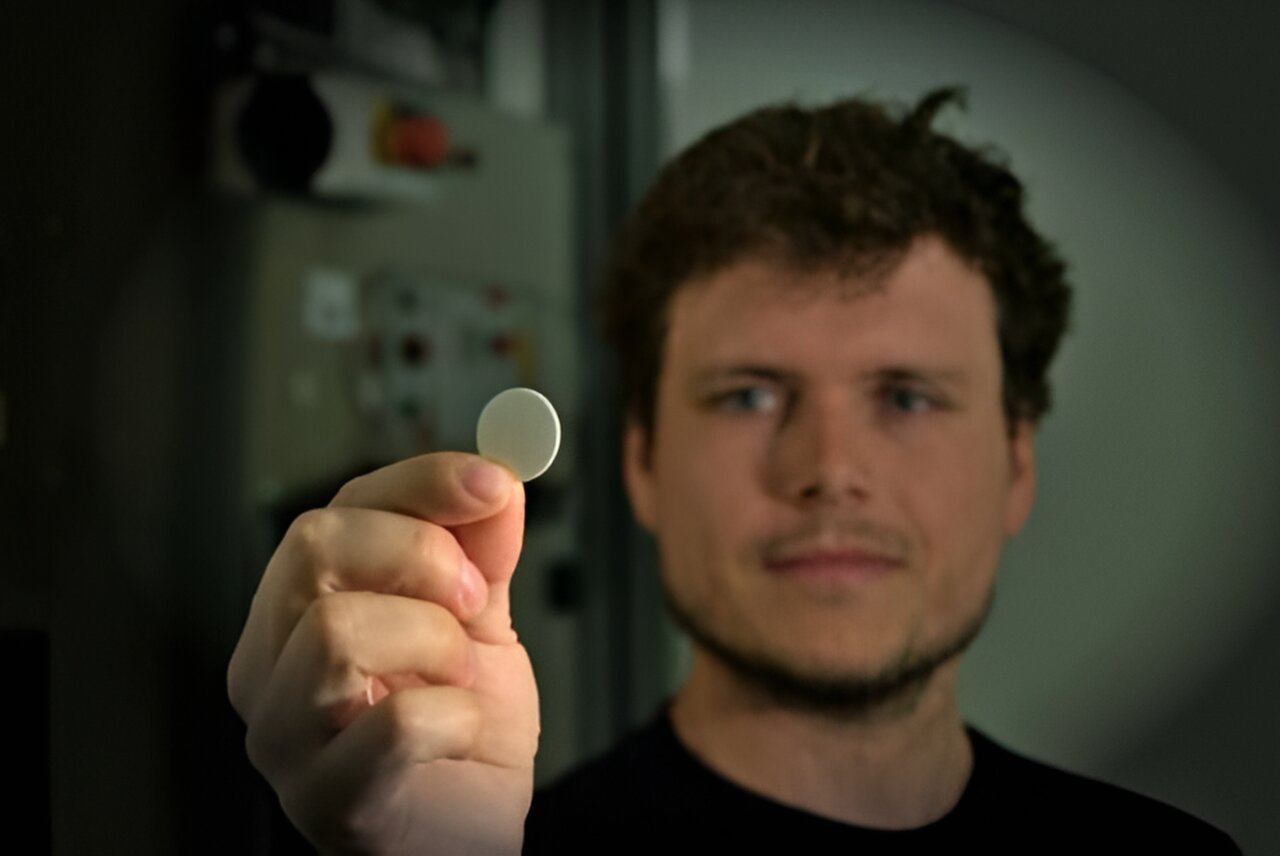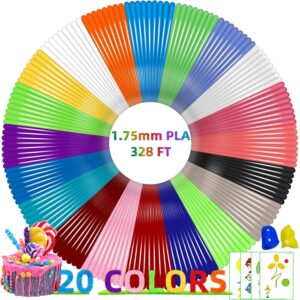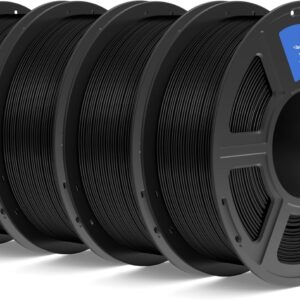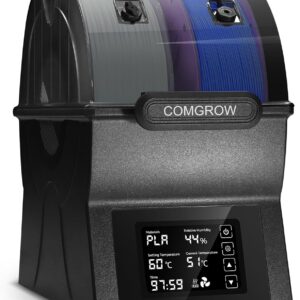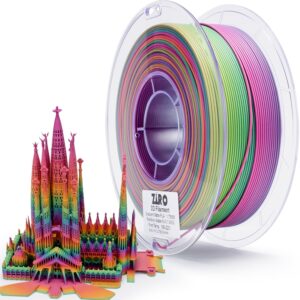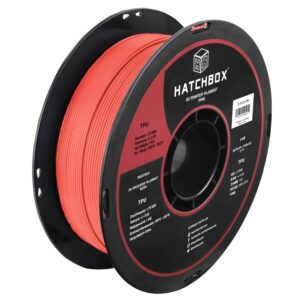This article was reviewed in accordance with Science X’s editorial process and guidelines. The editors highlighted the following attributes while ensuring the credibility of the content:
fact-checked
trustworthy source
Proofreading
OK! Sebastian-Paul Kopp, a doctoral student at FAU and blz, is responsible for the project on 3D printing medicines. Photo credit: Max Gmelch, SAOT
× close
Sebastian-Paul Kopp, a doctoral student at FAU and blz, is responsible for the project on 3D printing medicines. Photo credit: Max Gmelch, SAOT
Almost a third of the population in Germany has to take medication every day. One in four of these people regularly take three or more different medications at the same time. These patients’ pill dispensers are stacked with different pills for different days of the week.
Proper dosage and use of this medication can be challenging, especially for older people or people with cognitive impairments. The answer could be pills custom-made for patients. These pills would contain all the medications needed, reducing the number of pills to be taken per day to just one.
Scientists at the Friedrich-Alexander University Erlangen-Nuremberg (FAU) and the Bavarian Laser Center (blz) are now researching a possible manufacturing process for such tailor-made pills – 3D printing. They have now published their results in the specialist journal Additive Manufacturing.
Many of us are familiar with the concept of 3D printing from industry. It enables the rapid production of customized components and tools from a wide variety of materials. The process is already important in medicine as it enables the production of tailor-made prostheses and implants, dentures and hearing aids for patients.
But that’s not all: research is currently being carried out into how medicines can be produced using 3D printing processes. The advantages are obvious, because not only can different active ingredients be combined, but the dosage can also be adjusted to the patient’s current daily needs. Treatment could become more individual, less complex and safer.
New layer, new active ingredient
Previous approaches have focused on so-called FDM printing (Fused Deposition Modeling), in which active ingredients are applied layer by layer using a nozzle, similar to the cream on a cake. With this method it is not possible to create fine structures within the pills. In a joint research project between FAU, blz, University College London and the University of Santiago de Compostela, researchers have developed a new method for producing such pills.
They started with three active ingredients in powder form, including acetaminophen and caffeine, and mixed them with a carrier powder that contained no active ingredients. The ingredients are applied individually in thin layers and placed under a laser that fuses them into a compact pill.
“Our new manufacturing process uses gentle processes for the active ingredients and allows us to use conventional laser beam sources,” says Sebastian-Paul Kopp, who is responsible for managing the project. While the addition of special absorbing particles was previously necessary to use the laser energy in a controlled manner, this is no longer necessary with the FAU process.
“In addition, we can adjust not only the active ingredient combination for each pill, but also for each pill layer. This allows us to control the time at which a specific active ingredient is released in the body,” explains Kopp.
A lot of work still needs to be done to create a customized pill, and the research is still in its infancy. But one day our local pharmacies could quickly and easily print medications for millions of patients, tailored to their exact needs. The foundations for this are currently being laid.
More information:
Sebastian-Paul Kopp et al., Electrophotographic 3D printing of pharmaceutical films, additive manufacturing (2023). DOI: 10.1016/j.addma.2023.103707
